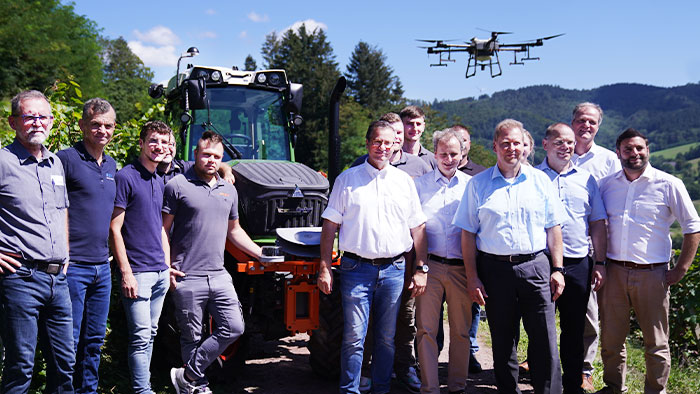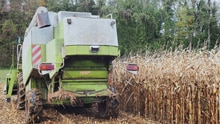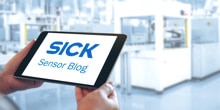Die Herausforderungen für die Landwirtschaft bestehen in der Verknappung von Ressourcen und Ackerland, dem Klimawandel, Arbeitskräftemangel, einem steigenden Sicherheitsbedürfnis, Reduktion monotoner und anstrengender Arbeiten und der steigenden Weltbevölkerung. Der Einsatz von Technologien in der Landwirtschaft könnte der Schlüssel zu einer effizienteren Lebensmittelproduktion sein. Um die Ernährungssicherheit zu gewährleisten, muss die Produktivität gesteigert und gleichzeitig der Einsatz von Ressourcen wie Wasser, Dünger und Pestiziden verringert werden.
Zur doppelten Nutzung des Bodens werden Agrivoltaik-Anlagen im Weinberg, auf Obst- und Gemüse- und Nutzpflanzenplantagen und über Viehweiden eingesetzt. Dabei wird regenerativ erzeugter Strom gewonnen. Gleichzeitig können Pflanzen angebaut werden. Durch geeignete Sensorik werden das Wetter und die Wachstumsbedingungen überwacht, um die Pflanzenentwicklung und den Pflanzenschutz zu optimieren.















